When you walk into a doctor’s office, you might think your medication list is enough. But if you’re relying only on memory or a scribbled note, you’re risking serious errors. Medication reconciliation isn’t just a box to check-it’s a safety net. And the most reliable tool in that net? The actual pill bottles in your bag.
Why Pill Bottles Matter More Than Your Memory
You take eight pills a day. Maybe ten. Some you’ve been on for years. Others you started last month. One was given to you by a friend. Another you stopped taking but never threw away. Now, your doctor asks, "What are you taking?" If you answer from memory, you’ll miss something. Studies show that 60 to 70% of patients get at least one medication wrong when listing them by recall. That’s not carelessness. It’s human. Your brain forgets names, doses, and why you even started a pill in the first place. A 2023 study found that nearly half of patients unintentionally leave out medications during self-reporting-even ones they take daily. That’s where the bottle comes in. The label has everything: the exact drug name, strength, how often to take it, who prescribed it, and when it expires. The FDA requires this information. No app, no handwritten list, no pharmacy printout can replace it. When doctors compare your bottle to their records, they catch discrepancies that could cause falls, kidney damage, or dangerous drug interactions. A 2024 report from the American Academy of Family Physicians showed that using physical pill bottles reduces medication errors by 67% compared to verbal lists alone. In older adults, who often take five or more medications, 56% of potentially harmful drugs are only found when the bottle is physically present.What to Bring: Everything, Even the ‘Old’ Stuff
Don’t sort. Don’t pick. Don’t assume anything is irrelevant. Bring:- All prescription medications-in their original bottles
- All over-the-counter pills: painkillers, antacids, sleep aids
- Vitamins and supplements: fish oil, vitamin D, magnesium
- Herbal remedies: turmeric, echinacea, melatonin
- Even expired pills
- Even pills you stopped taking weeks or months ago
The Brown Bag Method: Simple, Proven, Effective
The best way to organize your meds? The brown bag review. A few hours before your appointment, grab a paper bag-any bag-and put every single pill bottle inside. No sorting. No labeling. Just dump it all in. Keep the caps on. Don’t remove labels. Don’t transfer pills to pill organizers for the visit. Why a bag? Because it’s fast. It’s honest. It shows your doctor exactly what you have, not what you think you should have. Practices that use this method report 38% less time spent on medication review-and 32% fewer adverse drug events. If you use a weekly pill organizer, bring that too. But don’t rely on it alone. Pill organizers are helpful for daily use, but they erase the label information. Your doctor needs to see the original bottle to know what’s inside. A 2023 study found that 38% of patients consolidate multiple medications into single containers, making it impossible to tell what’s what.What to Do If You Don’t Have the Original Bottles
Maybe you lost a bottle. Maybe your pills came in a blister pack. Maybe your pharmacy gave you a bulk container. Here’s what to do:- If you still have the label-tape it to a piece of paper and bring it.
- If you don’t have the label, take a clear photo of the pill with your phone. Use a free tool like WebMD’s Pill Identifier to help match it.
- If you’re unsure what a pill is, call your pharmacy. They can tell you the name, strength, and reason for the prescription.
- If you’ve thrown away the bottle, write down everything you remember: color, shape, markings, how often you took it, and why.

What Your Doctor Will Do With the Bottles
When you hand over your bag, your doctor won’t just glance. They’ll compare each bottle to your electronic health record. They’ll check:- Is the dose you’re taking the same as what was prescribed?
- Is there a duplicate? (e.g., you’re taking two different pills with the same active ingredient)
- Are there interactions you didn’t know about?
- Are any of these drugs on the Beers Criteria list for older adults?
- Have you been prescribed something you never picked up?
- Are you taking something you stopped-but still have?
Common Mistakes (And How to Avoid Them)
- Mistake: Only bringing current prescriptions. Solution: Bring everything-even discontinued meds.
- Mistake: Relying on pill organizers. Solution: Bring the original bottles too.
- Mistake: Thinking "as needed" meds don’t matter. Solution: Bring them. 29% of adverse events come from unreported PRN drugs.
- Mistake: Feeling embarrassed about unused pills. Solution: Your doctor has seen it all. They’re not judging-they’re protecting you.
- Mistake: Not preparing ahead. Solution: Set a phone reminder 24 hours before your appointment. Spend 15 minutes gathering bottles. You’ll save 20 minutes in the exam room.
What About Telehealth? Can You Show Bottles on Camera?
Yes-and no. You can hold up bottles during a video call. Some clinics now ask patients to do this. But it’s not the same. On camera, you can’t show the back of the bottle, the lot number, or the fine print. You can’t open the cap to show if pills are missing. You can’t show if you’ve got five bottles of the same drug because you ran out and refilled early. A 2024 study found that telehealth pill reviews miss 22% of discrepancies that in-person checks catch. If you’re doing a virtual visit, still bring the bottles. Have them ready. Show them on camera. But also email or mail a photo of each label to your provider ahead of time.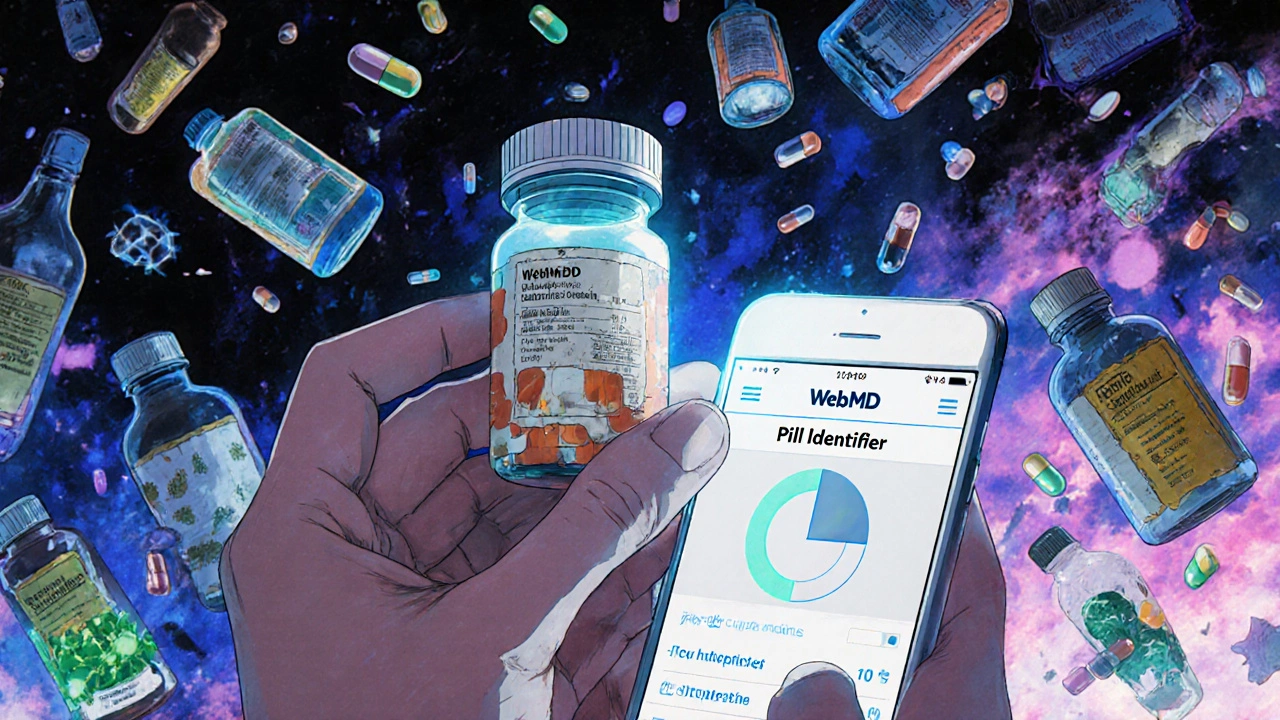
Why This Isn’t Just for Seniors
You might think this is only for older adults taking ten pills a day. But it’s not. Younger people on antidepressants, birth control, insulin, or chronic pain meds are just as vulnerable. A 2023 study found that 41% of adults under 45 who take five or more medications have at least one discrepancy in their list. The real issue? Polypharmacy. It’s not just for seniors. It’s for anyone managing multiple conditions: diabetes and high blood pressure, anxiety and sleep issues, asthma and allergies. If you’re on more than four medications, you’re at risk.What Happens After the Appointment?
Your doctor will update your medication list in the system. You should get a copy-either printed or emailed. Keep it. Update it every time you start or stop a drug. If your pharmacy offers a digital medication list (many do through apps or patient portals), sign up. But don’t replace the bottle check. Use the app as a backup, not a replacement. And next time? Do it again. Medication reconciliation isn’t a one-time thing. It’s an annual ritual. The American Academy of Family Physicians recommends a full review once a year. Many doctors now schedule it as part of your annual physical.Final Thought: Your Bottles Are Your Voice
You can’t always remember what you took last week. But the bottle remembers. It tells the truth. No matter how messy your medicine cabinet is, no matter how many pills you’ve stopped, no matter how embarrassed you feel-your bottles are the most honest part of your health story. Bring them. Every time.Do I need to bring every pill bottle, even if I haven’t taken it in months?
Yes. Even if you stopped taking a medication weeks or months ago, keep the bottle. Doctors need to know what you’ve used in the past to spot patterns, avoid re-prescribing something harmful, or understand why you stopped. Studies show 63% of patients throw away empty bottles, making it impossible to verify discontinued drugs.
Can I just bring a list from my pharmacy instead of the bottles?
A pharmacy list helps, but it’s not enough. Pharmacy records don’t always include over-the-counter drugs, supplements, or medications you got from another doctor. They also don’t show if you actually took the pills. The bottle proves what’s physically in your home. Combining both reduces errors by 89%, according to the Agency for Healthcare Research and Quality.
What if I use a pill organizer? Do I still need the original bottles?
Yes. Pill organizers are great for daily use, but they remove all identifying labels. Your doctor needs to see the original bottle to confirm the drug name, strength, and dosage. A 2023 study found 38% of patients consolidate multiple medications into single containers, creating dangerous confusion.
Should I bring supplements and herbal remedies?
Absolutely. Many herbal supplements interact with prescription drugs. For example, St. John’s Wort can make blood thinners or antidepressants less effective. Over 70% of patients don’t mention supplements unless asked-and even then, many don’t realize they’re medications. Bring every bottle, even if it says "natural" or "dietary supplement."
Is this really necessary if I only take a few medications?
Yes. Even two or three medications can interact. A common painkiller like ibuprofen can raise blood pressure and interfere with heart meds. A daily vitamin with potassium can be dangerous if you’re on certain kidney medications. Medication errors happen at every level-not just for people with complex regimens.
What if I’m too embarrassed to show all my pills?
You’re not alone. A 2023 survey found 28% of patients feel ashamed about unused or expired meds. But your doctor has seen it all. They’ve seen bottles of pills taken only once, half-empty boxes from years ago, and supplements bought on impulse. Their job isn’t to judge-it’s to keep you safe. The more they know, the better they can help.
Can I use a smartphone app instead of bringing bottles?
Apps like Medisafe or MyTherapy are useful for tracking, but they’re not a replacement. They rely on what you enter, and 45% of patients miss medications when self-reporting. Digital lists can’t show you if you have extra bottles in your drawer or if you’re taking a pill at the wrong dose. The physical bottle is still the gold standard.
What if I don’t have the original bottle for a medication?
Take a clear photo of the pill with your phone. Use a free tool like WebMD’s Pill Identifier to help match it. Call your pharmacy-they can tell you the name, strength, and reason for the prescription. Write down everything you remember: color, shape, markings, how often you took it, and why. Bring that info to your appointment.
How often should I do a full medication review?
At least once a year. The American Academy of Family Physicians recommends a full medication reconciliation during your annual physical. If you’ve recently been hospitalized, changed doctors, or started or stopped a medication, schedule a review sooner. Medication needs change-and so should your list.
Will my doctor think I’m wasting their time if I bring too many bottles?
No. Doctors who use the brown bag method say it saves time in the long run. Instead of guessing or asking follow-up questions, they see everything at once. Practices that encourage bottle reviews report 38% faster reconciliation. Your effort helps them do their job better-and keeps you safer.




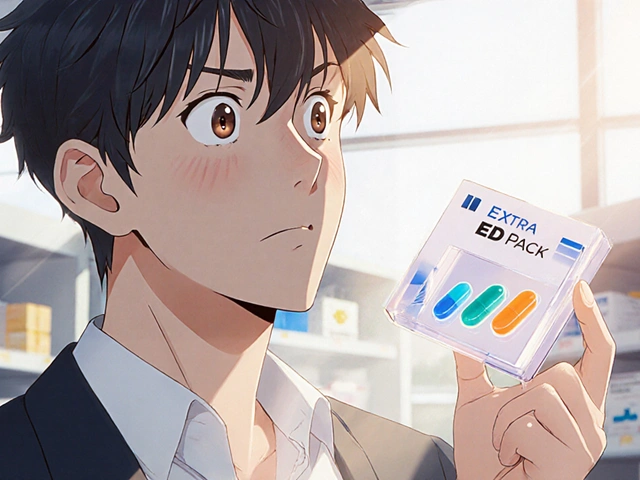
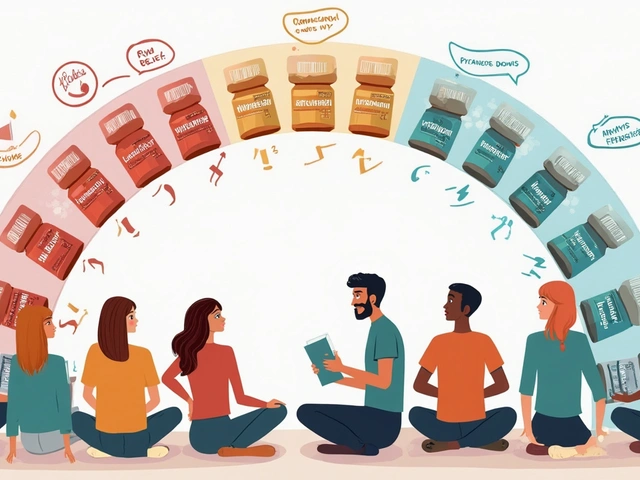
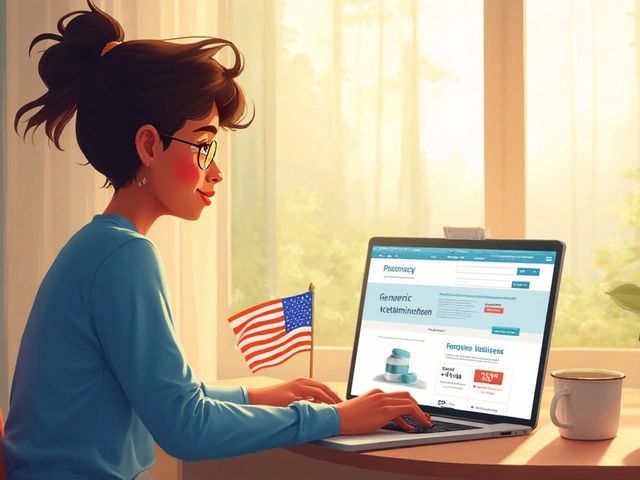
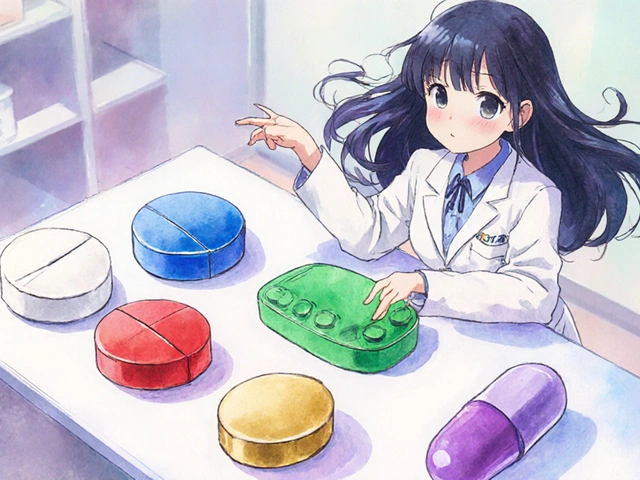

bruh i brought my meds in a ziplock bag once and the doctor just sighed like i'd betrayed her. like its not my fault your system cant handle reality. why do we even have to play this game? i dont need a lecture on "safety nets" when my bottles are in my purse and i'm alive.
i live in india and we dont even get original bottles half the time. pills come in foil strips or loose in plastic bags. still, i take photos of every pill with my phone and write down what the pharmacist says. its messy but it works. doctors here are used to it. just show them something. anything. better than guessing.
there's something quiet powerful about the brown bag method. it's not about being perfect. it's about being honest. we all have that one bottle we forgot about, the one we stopped taking because it made us sleepy, the one we never told anyone about. bringing it isn't admitting failure-it's saying, 'here's my real life.' and that's the only kind of truth that keeps us safe.
i brought my entire medicine cabinet to my last appointment. it was a disaster. i had expired antihistamines from 2018, a half-used bottle of gabapentin i forgot about, and three different kinds of melatonin. my doctor just smiled and said, 'thank you.' i cried in the parking lot. no one ever thanked me for being honest before.
sooo... i just take pics of my pills and call it a day? like why do i need the bottles? i mean, the app says i take 7 things and i *think* that's right? 🤷♀️ also why is everyone so dramatic about expired meds? they're just plastic and paper at this point.
The practice of bringing physical pill bottles to medical appointments significantly enhances the accuracy of medication reconciliation and reduces the incidence of adverse drug events. This evidence-based protocol should be standardized across all primary care settings.
you’re not weird for bringing all your bottles. you’re smart. i used to think it was overkill too-until my aunt ended up in the ER because she forgot she was still taking that blood thinner. she thought she’d stopped it. the bottle was in her drawer. she didn’t bring it. don’t be like her. bring it all. your future self will thank you.
why do i gotta do this? my doctor has my file. i'm not a child. this is just more busywork. i'll just tell them what i take and be done with it.